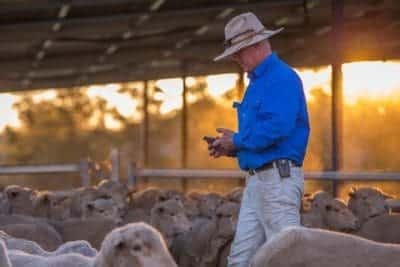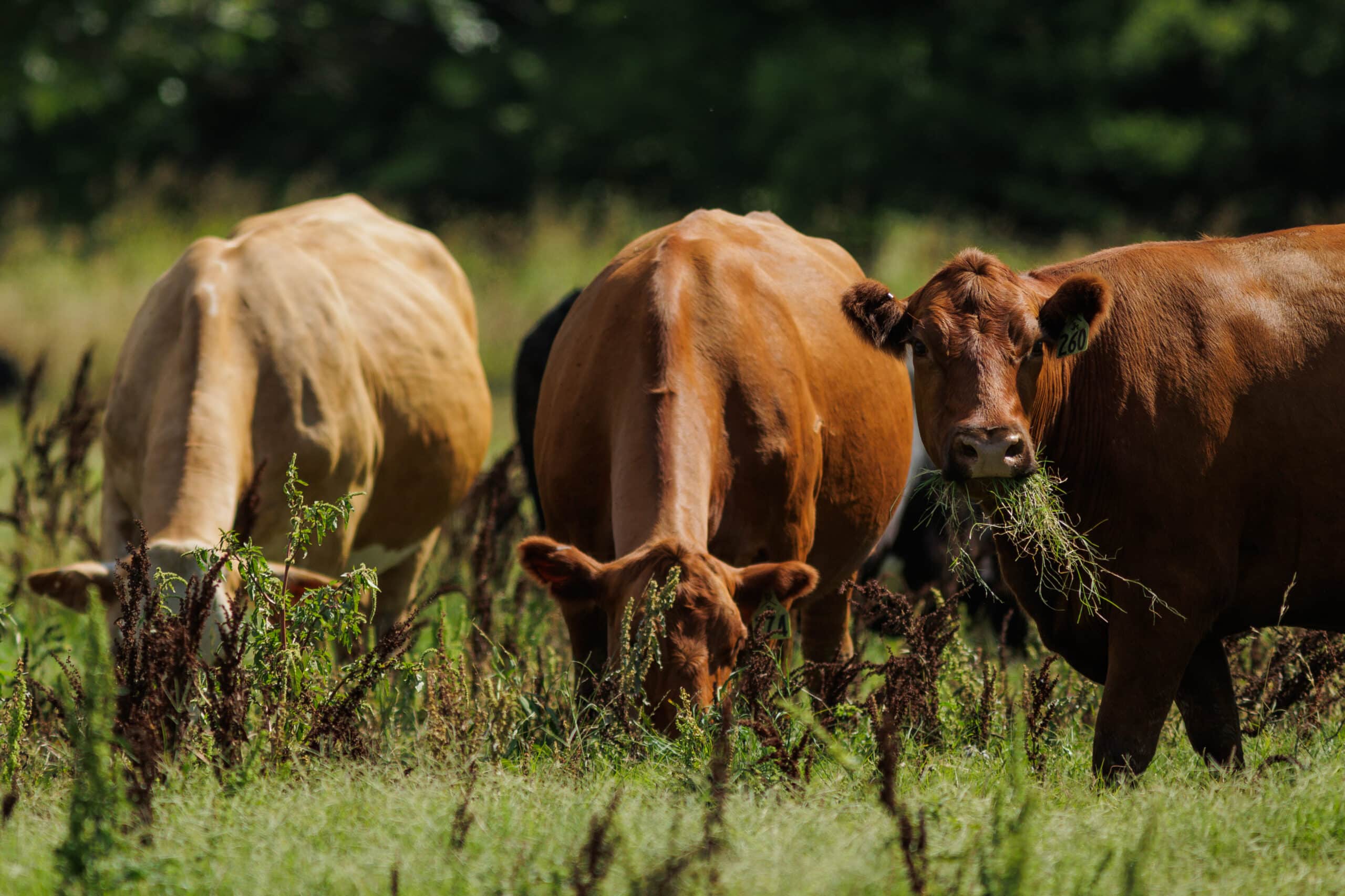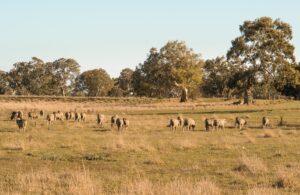How to profit from good land stewardship
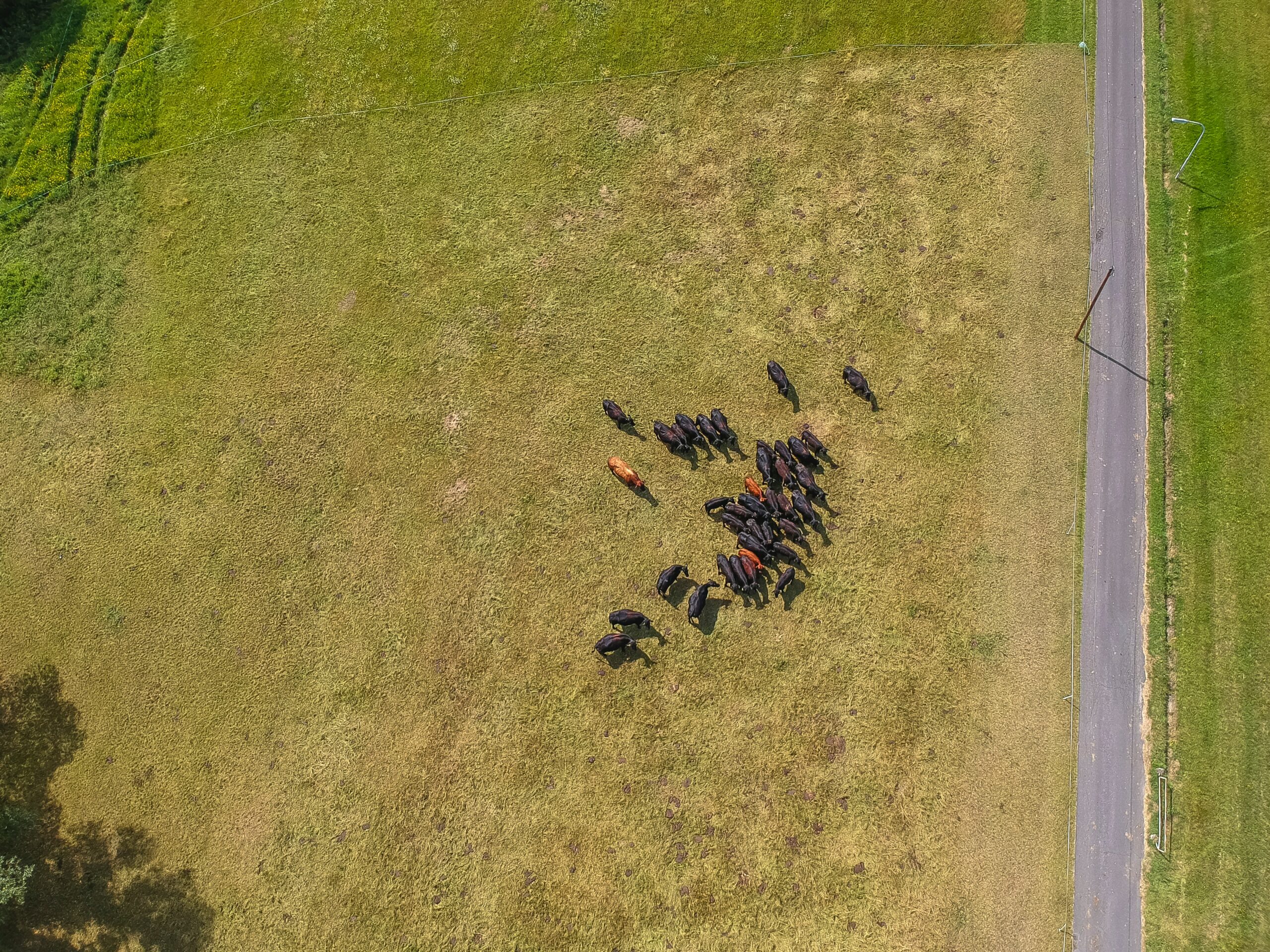
Today, ranchers are being rewarded with profits for the work they’re doing to conserve and improve the land supporting their operations. But with the range of options available, it can leave many scratching their heads wondering which path is right for them.
For some ranchers, the opportunity seems too daunting or ambiguous, leaving dollars on the table instead of in their pockets. In an effort to educate ranchers and cut through the clutter, AgriWebb sat down with industry innovators working to bridge the gap between stewardship and profits.
We spoke to Ryan Dierking, Staff Scientist of Regenerative Agriculture at Indigo Ag, Doug Peterson, Director of Standards & Protocol at Regenified, and Jonathan Lundgren, Founder & Director of the Ecdysis Foundation. Below are just a few takeaways from a very informative webinar.
Earning income from carbon credits
Jumping into the carbon credit market seems like a dangerous plunge for many producers. To ease producers’ minds, Indigo Ag is simplifying the prospect. The company’s Carbon by Indigo program assists farmers making changes to improve their soil health, generates verified carbon credits for carbon sequestered, and facilitates the payout process, delivering 75% of the price directly to the farmer. Credits can be generated by producers adopting practices like reduced tillage, cover crops, increased crop diversity, and in the future, changes in grazing practices.
Ryan Dierking at Indigo Ag says the first question any rancher needs to ask before joining a carbon program is, “Does this program align with my operation?”
He explains you may have to change grazing practices and forage base, be prepared to collect and submit practice data, undergo soil testing, and make a commitment via contract. “Read the contracts,” he emphasizes. “Please read the contracts; know what you are signing up for.”
The Carbon by Indigo program has been focused on cropping, but Indigo is looking to launch programs for livestock producers. “We don’t feel that there’s robust enough information out there currently. In order to generate these high quality credits, we want to make sure that the science that we’re using – based on our models and our sampling – is actually going to generate credits that we can guarantee are doing what we found in the literature and what we found in our research trials.”
Ryan shared advice for anyone considering joining carbon markets.
Start collecting data now. Know what you’re grazing, when you’re grazing it, and how you’re grazing it. All of those things are going to be important in the long run.
Adding value with a certification program
Increased concern about the environment, and a growing understanding of responsible ranching, means that consumers will pay a premium for livestock raised under regenerative practices.
Several certification programs are available in the regenerative space. Regenified, founded by pioneers of the regenerative movement, has bold plans. It aims to transition the world’s supply chain to regenerative agriculture by offering the most reliable standards and verification services.
“We want to reconnect consumers with the farmers and the products that they’re growing, along with those companies in the middle who are processing those goods,” says Doug Peterson, Director of Standards & Protocol at Regenified.
Regenified’s “6-3-4 verification standard” is designed to be comprehensive yet easy for producers, food companies and consumers to understand. The standard involves six principles of soil health, three rules of adaptive stewardship and four ecosystem processes.
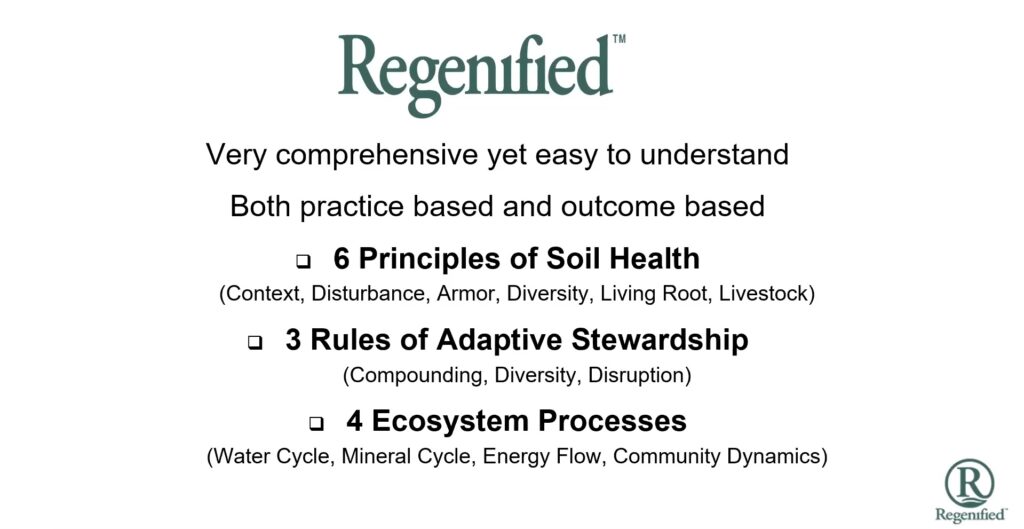
“Once we do the in-field verification and soil testing, the results go to our review board for scoring and ranking. Based on the percentage of an operation’s acres that are fully applying their regenerative practices, they are assigned a different tier,” Doug says.
“One of the things that makes Regenified unique is our tier system.” Regenified decided a tier system would mean a low barrier for entry, which would encourage producers to enter the program and start down the regenerative path.
There’s money to be made on the journey. “Regenerative right now is expected to command a 20 to 30% premium,” Doug says. “We’re working with various food companies and retailers, offering a regenerative product that they will begin offering on their shelves probably this winter.”
The economic benefits of a regenerative system
Often forgotten in the conversation about land stewardship is that implementing regenerative practices can by itself lead to more profitable outcomes, without formal programs built around them. Many ranchers have headed down the regenerative road after conventional ranching landed them in financial trouble.
Ecdysis Foundation has launched the Thousand Farms Initiative to better understand regenerative agriculture’s ecological and economic outcomes. “We’re conducting the largest agricultural experiment that’s ever even been tried,” says Jonathan Lundgren, Founder & Director at ECDYSIS Foundation and owner of Blue Dasher Farm. “We’re going to validate regenerative systems and key food systems around the continent.”
“We know when farmers practice this style of ranching that they see responses. You tend to see a lot more forage production,” Jonathan says. “You see more plant diversity in your pastures and your rangelands. You see greater ground cover.”
Increased forage production means greater efficiencies in livestock production. Plant diversity and increased ground cover contribute to richer soil, reduced inputs and more invertebrate life. There are unexpected benefits, such as dung beetles that interrupt the life cycle of parasites. “In fact, we find ranchers that go this route don’t need synthetic dewormers anymore,” Jonathon says. “The beetles do the job for them.”
The platform to track your progress
Whether you want to pursue regenerative accreditation, look to produce carbon credits, or just leverage regenerative practices to improve your operation’s productivity and resilience, the first step to success is collecting daily records and data.
While there are many software options for collecting livestock and land data separately, there’s only one that can truly give you a snapshot of everything in one place – AgriWebb. AgriWebb’s holistic ranch management platform brings all of your livestock, land and team data into one place. By tracking forage rates, forage types, stocking rates and livestock movements, the process for obtaining carbon credits, making operational decisions, and adding value to your livestock is made much easier.
You can view a recording of the entire virtual discussion below.
